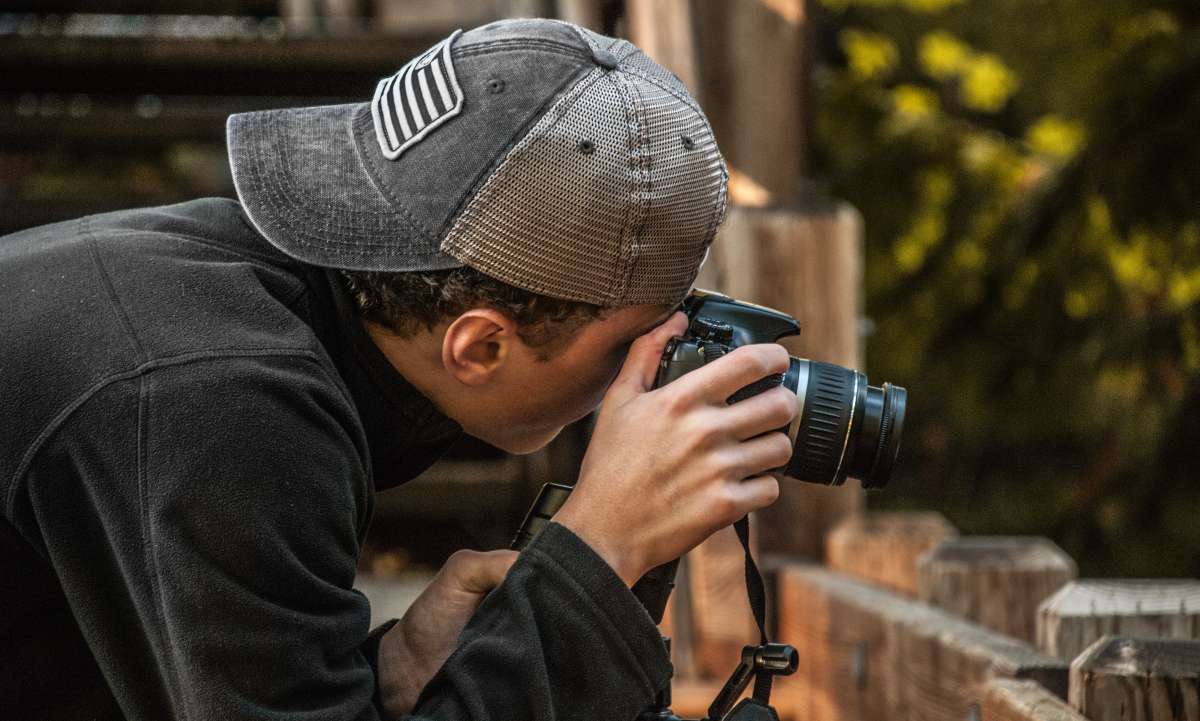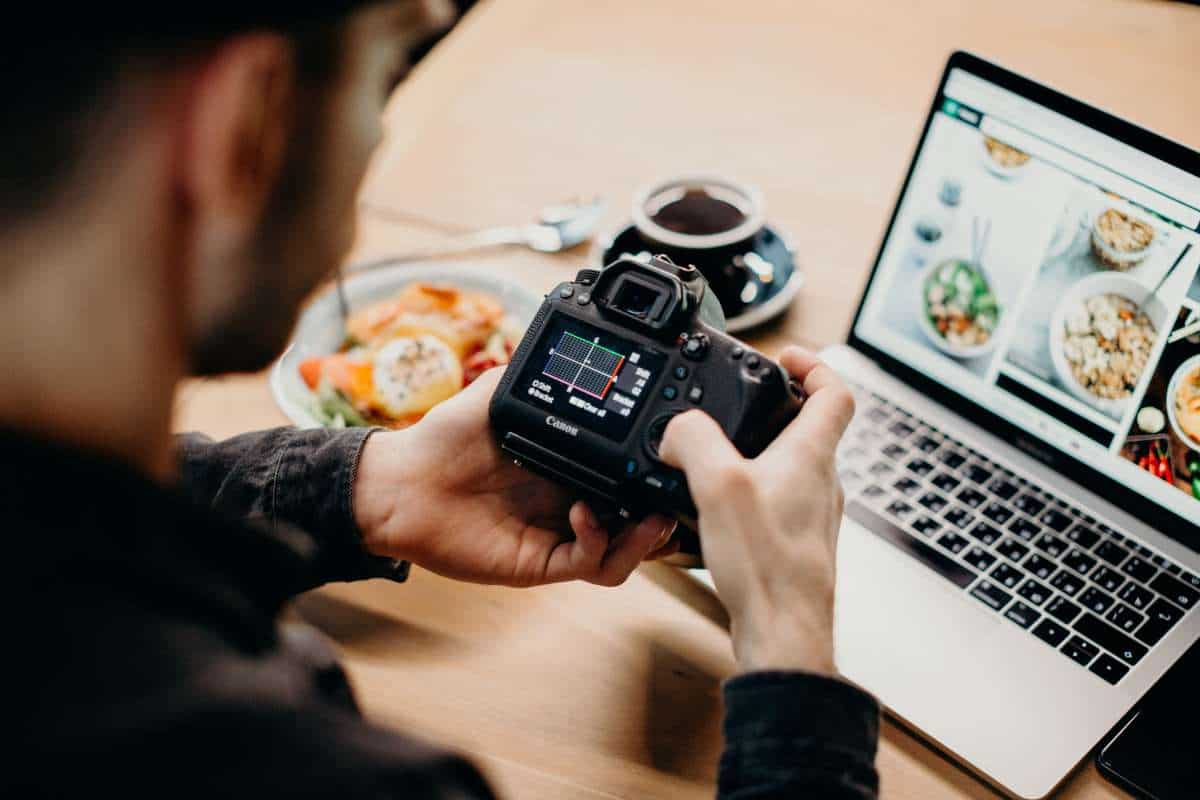Starting as a wedding photographer can feel overwhelming, with so much to manage on the big day.
Many moving parts contribute to a successful shoot, from mastering your equipment to building a solid rapport with couples and vendors. With the right preparation and a flexible approach, you can capture meaningful moments that will be treasured for years.
This guide covers essential tips to help beginner photographers confidently navigate weddings—from handling various lighting conditions to managing time effectively. Let’s break down the key steps to ensure your photography experience is organised and creatively fulfilling.
Let’s get straight to the point.
Starting as a wedding photographer can be challenging, but preparation is key. Understand your equipment, scout venues beforehand, and create a shot list with the couple to capture their most important moments.
Focus on candid photos for natural emotion and adapt to different lighting conditions. Shooting in RAW format provides better image quality for post-processing.
Establish a backup and editing workflow, manage your time efficiently, and build good relationships with vendors. Stay adaptable, keep learning, and market your services to grow in the field. With experience, you’ll deliver high-quality images and build a successful career.
Wedding Photography Tips For Beginners
Starting as a wedding photographer can feel overwhelming, but with the right preparation and mindset, you can capture stunning moments and build a successful portfolio.
Here are practical tips for navigating wedding shoots effectively.
1. Know Your Equipment Well
Before photographing any wedding, you must be fully comfortable with your camera and lenses. It is just about understanding basic settings—you should be able to quickly adjust ISO, shutter speed, and aperture based on changing lighting conditions.
For instance, moving from an outdoor ceremony into a dim reception hall requires different camera settings. The right lens will also shape the quality of your photos.
A 50mm prime lens is perfect for portraits, while a 24-70mm zoom lens gives you versatility for wider and close-up shots. Always carry extra batteries, memory cards, and a backup camera in case of technical issues on the day.
2. Scout The Venue
Visiting the wedding venue beforehand is essential to ensure smooth photography. Arriving early or scheduling a prior visit lets you familiarise yourself with the layout, lighting, and potential photo locations.
You’ll know where to position yourself during key moments like the vows or the first dance. If you can’t visit the venue beforehand, look up photos online to better understand the space. This way, you can anticipate challenges like poor lighting or limited shooting angles.
3. Create A Shot List With The Couple
Discussing expectations with the couple is vital for success. Discuss their preferences, such as whether to pose for family photos or candid moments.
Please list key shots they want, such as the first kiss, family portraits, or the ring exchange. While a shot list ensures you don’t miss important moments, staying flexible is also important.
Some of the best wedding photos happen spontaneously, so be ready to capture unplanned emotional moments throughout the day.
4. Capture Candid Moments
While posed photos are necessary, candid shots often capture genuine emotions. As the day progresses, guests and couples tend to relax, providing great opportunities for natural, heartfelt images.
Look for moments like laughter during speeches or quiet interactions between family members. A telephoto lens can help you capture intimate moments from a distance without being intrusive, allowing guests to stay comfortable and natural.
5. Adapt To Different Lighting Conditions
Weddings often occur in various lighting conditions, from bright outdoor ceremonies to dimly lit receptions. Learning to adjust to these changes is key.
For example, harsh midday sunlight can create unwanted shadows, so the couple should be positioned in shaded areas for more balanced lighting.
At night or in low-light venues, using an external flash or a diffuser helps soften the light. Bouncing flash off walls or ceilings can prevent overexposed images. Use natural light whenever possible for more flattering results.
6. Shoot In Raw Format
Although RAW files take up more space, they provide better image quality than JPEGs. Shooting in RAW allows for greater flexibility in post-processing, especially when correcting exposure or colour issues.
This is especially useful in unpredictable lighting conditions common at weddings. Invest in large memory cards to ensure you have enough storage for RAW files, and bring backups to cover the entire event.
7. Develop An Efficient Backup And Editing Workflow
It is essential to back up your photos immediately after the event. To avoid data loss, save them to multiple locations, such as an external hard drive and cloud storage.
Losing wedding photos can be catastrophic for you and the couple, so take advantage of this step. Consistency is key when editing.
Establish an editing style that aligns with your brand, whether light and airy or bold and vibrant. Begin with basic adjustments to exposure, contrast, and colour balance. Batch editing of similar photos can help speed up the process while maintaining consistency across the collection.
8. Manage Your Time Well
Weddings move quickly, so time management is critical. Arrive early to set up and review the event schedule.
Knowing the timeline lets you plan where to be for key moments, like the ceremony or reception entrance. If you’re working with a second photographer, divide tasks.
While one captures formal portraits, the other can focus on candid moments. This approach helps cover more ground efficiently.
9. Build Good Relationships With Vendors
Wedding vendors—planners, florists, and DJs—are key to a smooth day. Establishing a good rapport with them ensures better coordination.
For example, the planner can provide timelines, and the DJ can signal upcoming moments like the first dance. Positive relationships with vendors can lead to future referrals.
If impressed with your work, they may recommend you to their clients or feature your photos on their platforms.
10. Be Ready For Unexpected Challenges
No matter how well you plan, weddings rarely go perfectly. Weather changes, schedule delays, and equipment issues can happen.
Staying calm and adaptable helps you handle these challenges. For example, if rain interrupts an outdoor ceremony, look for covered areas or embrace creative shots of the couple with umbrellas.
A backup plan for different situations and extra gear ensure you’re prepared for unexpected problems.
11. Keep Learning And Improving
Wedding photography is a skill that improves with practice. Regularly attending workshops, reading photography blogs, and joining photography communities keeps you updated on new techniques and trends.
Learning from more experienced photographers can provide valuable insight into refining your craft. Constant self-evaluation and learning help you grow as a photographer and stay competitive.
12. Market Your Services Effectively
Building a successful career in wedding photography requires effective marketing. Use social media to showcase your best work and attract potential clients.
Ensure your website has a clear portfolio, transparent pricing, and easy contact options. Collaborating with local vendors or attending wedding fairs can also help expand your client base.
Excellent service will lead to word-of-mouth referrals, one of the most powerful marketing tools in the industry.
Conclusion
Starting as a wedding photographer has many challenges, but the right approach helps you succeed. Understanding your equipment, preparing with the couple, and capturing a mix of posed and candid moments will set you up for success.
With good time management, clear communication, and the ability to adapt, you can deliver high-quality images that reflect the couple’s special day. Keep learning and marketing yourself to grow in the field; with time, you’ll gain the experience and confidence needed for a successful career in wedding photography.
FAQs About Wedding Photography
What Is The Rule Of Thirds In Photography?
What is the rule of thirds? The rule of thirds is a composition guideline that places your subject in the left or right third of an image, leaving the other two-thirds more open. While there are other forms of composition, the rule of thirds generally leads to compelling and well-composed shots.
Is It Hard To Do Wedding Photography?
But wedding photography is a very challenging job. In any given job, you are:
- A portrait photographer.
- A documentarian.
- A still life photographer.
- A commercial and architectural photographer.
You have to practise in many areas of photography. And there is no easy secret or shortcut.
What Is The Most Challenging Aspect Of Being A Wedding Photographer, And Why?
Finding time to be a person, not a wedding photographer, is tough. Your relationships with friends and family also tend to suffer since you’re usually not free on Fridays or Saturdays during the wedding season. Being so consumed by one thing can be isolating and downright exhausting.
How Do I Handle Pressure During A Wedding Shoot?
- Stay organised with your gear and timeline.
- Practise mindfulness to stay calm.
- Focus on the task at hand rather than worrying about mistakes.
- Build experience with smaller events to grow your confidence.
What Should I Do To Keep Improving As A Wedding Photographer?
- Take workshops or online courses to refine your skills.
- Stay updated on wedding photography trends.
- Seek feedback from clients and mentors.
- Regularly practise photography, even outside of weddings.



